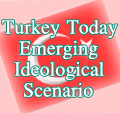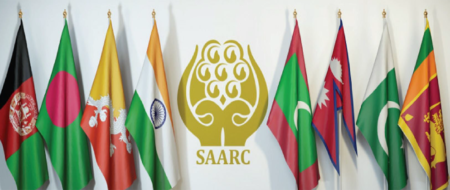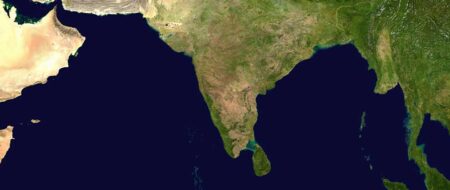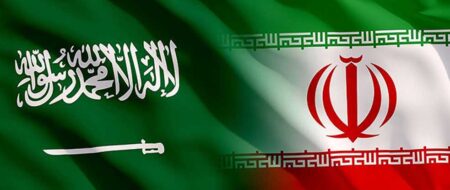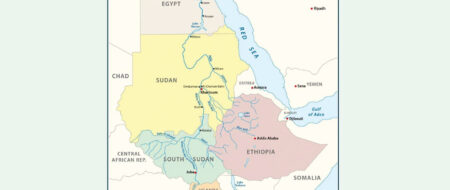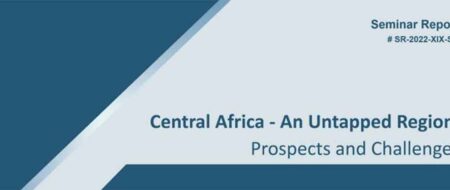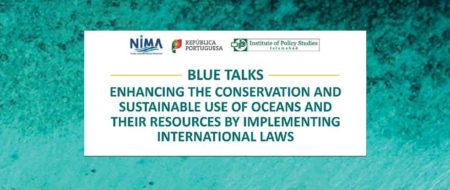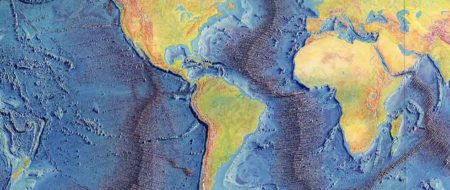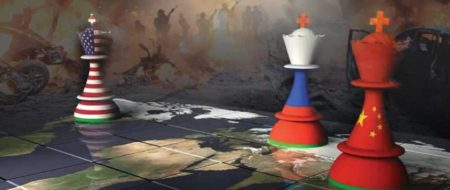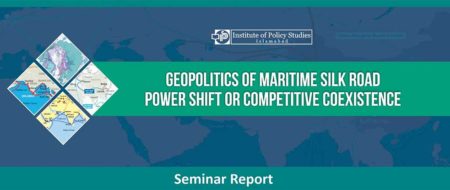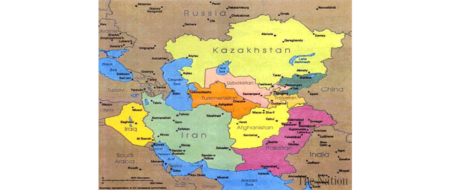Turkey Today: Emerging Ideological Scenario
Social Dimension
The social dimension of Turkey is multifaceted owing to its being a huge country with a large population and in a complex geo-political position with regard to multiple perspectives present in the country. But some basic social dimensions that are responsible for transforming Turkey can be underscored.
The first important dimension is that, unlike modern European states, which are the product of market-based actors such as the middle class bourgeoisie, as put forth by Charles Tilly, Turkey, to a large extent, was created by civil and military powers—it is a product of civil servants. Interestingly, it was not a choice made freely by the founding fathers of Turkey; it was a consequence of necessity. The fundamental factor of a state being created by military and civil forces is the fear of ideological forces. There is a joke that an American prosecutor will ask if you have some troubles in taxation, but a Turkish prosecutor would like to know if his client is communist or the follower of shari‘a. So, in the Turkish state tradition, the threat is always perceived from the ideological perspective, and for that reason, during the Cold War era, the main state enemies were either communist or religious or traditional people. This is a very important factor that shaped the political atmosphere of the 1920s and 1930s. So, in order to understand the transformation of Turkey, it needs to be underscored that the market elites did not play any major role in the creation of modern Turkey. However, with the inclusion of modern Islamists and market actors, a new social contract in Turkey is in the offing.
The second aspect, also from the historical background of the Turkish state, are the three phases of modernization. In the beginning, Turkish elites followed the French understanding of modernization. Then, with the Truman Doctrine of the late 1940s, Turkey started taking the American way of modernization. Since the late 1990s, the Turkish elite are trying to shape the country’s social landscape on the basis of the West European model. These models are different. For example, in French modernization, the primary issue of concern is religion and how to deal with the religious factor in the society. A part of French modernization followed the street demand of accepting people from its own native culture, ethnic, and religious background. The Ataturk revolution of Turkey can be seen as an effort to sustain this aspect of modernization.
After the rise of the Democrat Party in the 1950s, the rules of modernization changed and the American lifestyle was introduced. The American way of life introduced democratic parties and democratic elections in the late 1940s.
Finally, since the late 1990s, the rise of the European Union as a model has most likely changed Turkish sociopolitical thought. In particular, the military intervention in 1997 changed the mindset of the new Islamic elites about the West. Before 1997, to a large extent, democracy had been criticized by the Islamists. A number of books published in that era stated that democracy was not compatible with Islam; it was, rather, contradictory to the Islamic perspective. By and large, Europe was considered a threat to Islamic identity. Mainstream Islamic scholars criticized the European system. It would be pertinent to mention in this context a famous speech of the current president, Abdulluh Gül, in the Turkish Parliament in the early 1990s that criticized the European Union for being a Christian club and a threat to Turkish ideological values.
But the intellectual paradigm shifted in the late 1990s because the Muslim elites began to realize that the European style of Westernization was very much compatible with their values and that the effects of that modernization were beneficial in protecting themselves against fundamental secularism.
So, in a political perspective, the social contract in Turkey has transformed in three major phases since the 1930s, and this is very important to understand today’s Turkey. The first phase was related to creating a multiethnic or multination national identity. It should be kept in mind that Turkey was a post-Imperial society in which different ethnic groups existed and there was a need to develop a social contract that could include all ethnic groups. The second phase consisted of the policies adopted during the Cold War era. Turkey, for many reasons, failed to create a national market that would be functional in all parts of the country. The map of the Turkish national economy focused mainly on the western side. A major problem with these Cold War foreign policies was that Turkey failed to create a functional language for Turkish foreign policy to deal with non-Western or non-capitalist countries. It would be significant to note here the criticism coming from the Turkish army of the country’s presence in the first meeting of the OIC [Organisation of Islamic Conference], which had highlighted the dilemma involved in dealing with foreign policy issues regarding Islam and the Muslims, such as the Palestinian issue.
The third phase, initiated in the post-military intervention period, witnessed several changes in the Turkish social dimension. The first was the new urbanization, and the second, the rise of the middle class. To elaborate this point, consider the example of the Gaziantep province, which is engaged in trade worth about $500 million a year with eastern neighboring countries. This means that the small middle class, most probably conservative or religious bourgeoisie, would be pushing the government to look for new markets, as the European market is quite difficult for them; and the government would do that because these middle class entrepreneurs are its social constituencies. This would not be the case with the bourgeoisie in Istanbul because they are in relatively better conditions and their relationship with the AKP, the ruling party in Turkey, is quite different. Putting it in another way, there is a kind of dynamic relationship between the lean middle class and the ruling Islamic elites. Therefore, the presence of Turkey in Africa or Syria, for example, where almost 80 percent of the trade is being carried out by small or middle class bourgeoisie, needs to be seen in this perspective.
This is also transformative in terms of the Islamic movement. During the Cold War era, the agents of the Islamic movement were students. An important aspect of having students as the prime movers of a movement is that if today’s students are financed, they will be future professionals, engineers, or teachers, making them a very powerful agency or instrument for the transformation of a society. Coupled with the rising middle class as agents of the Islamic movement in Turkey, the scheme seems to have worked as a rational organization, though not without challenges.
The emerging scenario is that Anatolian bourgeoisie with their ideological background and Islamic values on the one hand, and their connection with the global market on the other, do not have the complete freedom to follow the most idealistic aspirations of their ideological framework because they have to care about the increased level of interdependence of external markets. For instance, most of the businessmen in Armenia, close to Turkey, are in favor of opening the border with Turkey, and their Turkish counterparts, in return, favor opening the border with Armenia. The market factor is one of the major factors that is shaping Turkish relations.
In short, while market actors did not play any major role in the creation of modern Turkey, they are critical in transforming the present sociopolitical scenario. The understanding of security and identity is now being redefined according to market-based factors. That is the basic mechanism of the social side in Turkey’s current policies towards Africa and the Arab world, etc. Therefore, it is not the ideological imperatives that are bringing Turkey closer to the Middle East; it is rather the need to satisfy the concerns of market actors that is fast becoming the driving factor in this regard.
Chair: It was a very illuminating and challenging exposé, rooted in a great deal of direct observation, and the presentation ended on a certain conclusion which would be of great interest for all gathered here. Now, I invite questions and comments from the audience.


